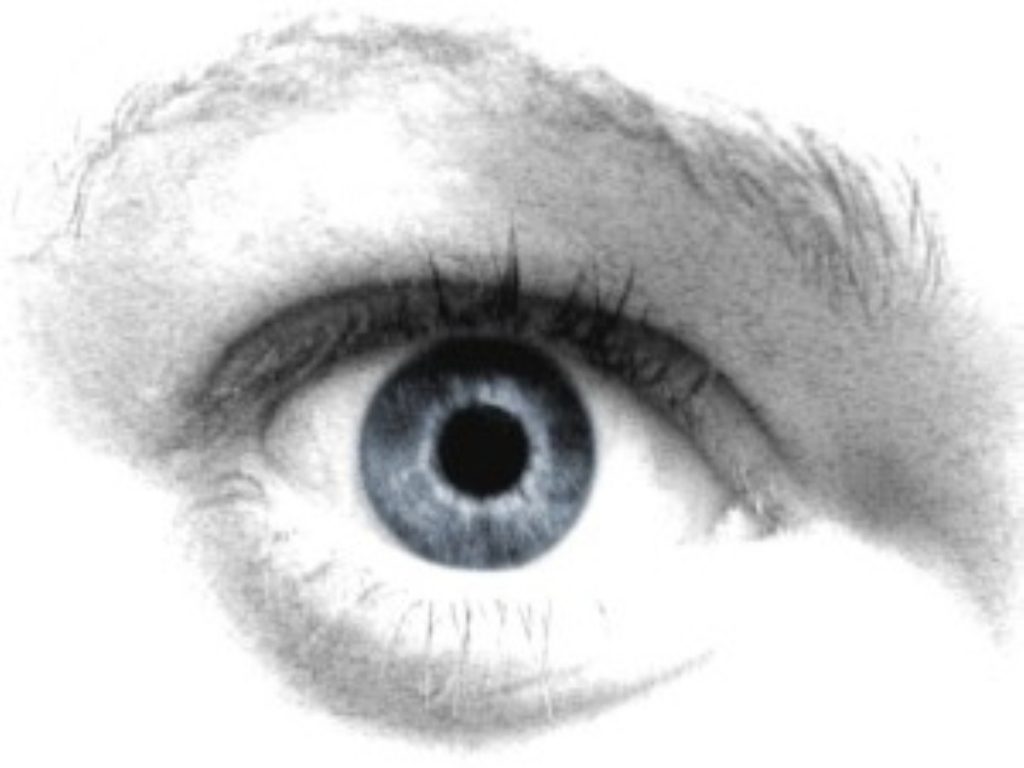Eye revelation solves ocular puzzle
The discovery of a secondary light sensing system in the eye puts to rest a long running controversy within ocular research, and could help develop treatments for jet lag and Seasonal Affected Disorder.
For the past hundred years, it was widely agreed that rods and cones were thought to be the only light sensing cells within the eye, and the suggestion that another light detecting system was in play was heretical, Russell Foster of Imperial College London explains.
But his team suspected rods and cones were not the end of the story, as studies on mice which lacked rods and cones showed they could respond to the brightness of their environment, which also affected activity levels and the size of the pupil.
Despite the classical blindness of the mice, their internal body clocks and biological rhythms remained in sync with their local light levels, a regulatory phenomenon crucially important to both mice and humans because it allows individuals to anticipate the different demands of activity and rest.


“Jet-lag is the classic example – where body time and local time get confused. It is only after a few days of exposure to the local light environment that body time and local time become synchronised once again”, Prof Foster explains.
In a study published in this week’s Nature online, Prof Foster and colleagues from Canada, the US and Germany explain this synchronisation is largely dependent upon molecules sensitive to blue light, quite different from the proteins found in the rods and cones of the eye.
So now scientists are sure that the eye contains two different light detecting systems: rods and cones that detect the arrangenements of visual space; and this new system, which provides information about the overall environmental brightness.
To rule out the existence of yet another previously unknown environmental light detection system, the team worked with mice that lack rods, cones and the newly discovered protein.
Despite the existence of a fully funcitoning retina, there was no residual response to changes in light levels.
The team’s discovery explains why blind people – who lack functioning rod and cone cells – continue to benefit from regular body clock rhythms which synchronise with changing environmental light levels. Conversely people who have lost their eyes in an accident develop distrubances in their circadian rhythms.
Now the team faces the daunting task of investigating a completely unexplored light detection system of the eye, and it seems likely their research will have a major effect on significant areas of human health and performance such as sleep research, and the regulation of energy levels and emotions.

